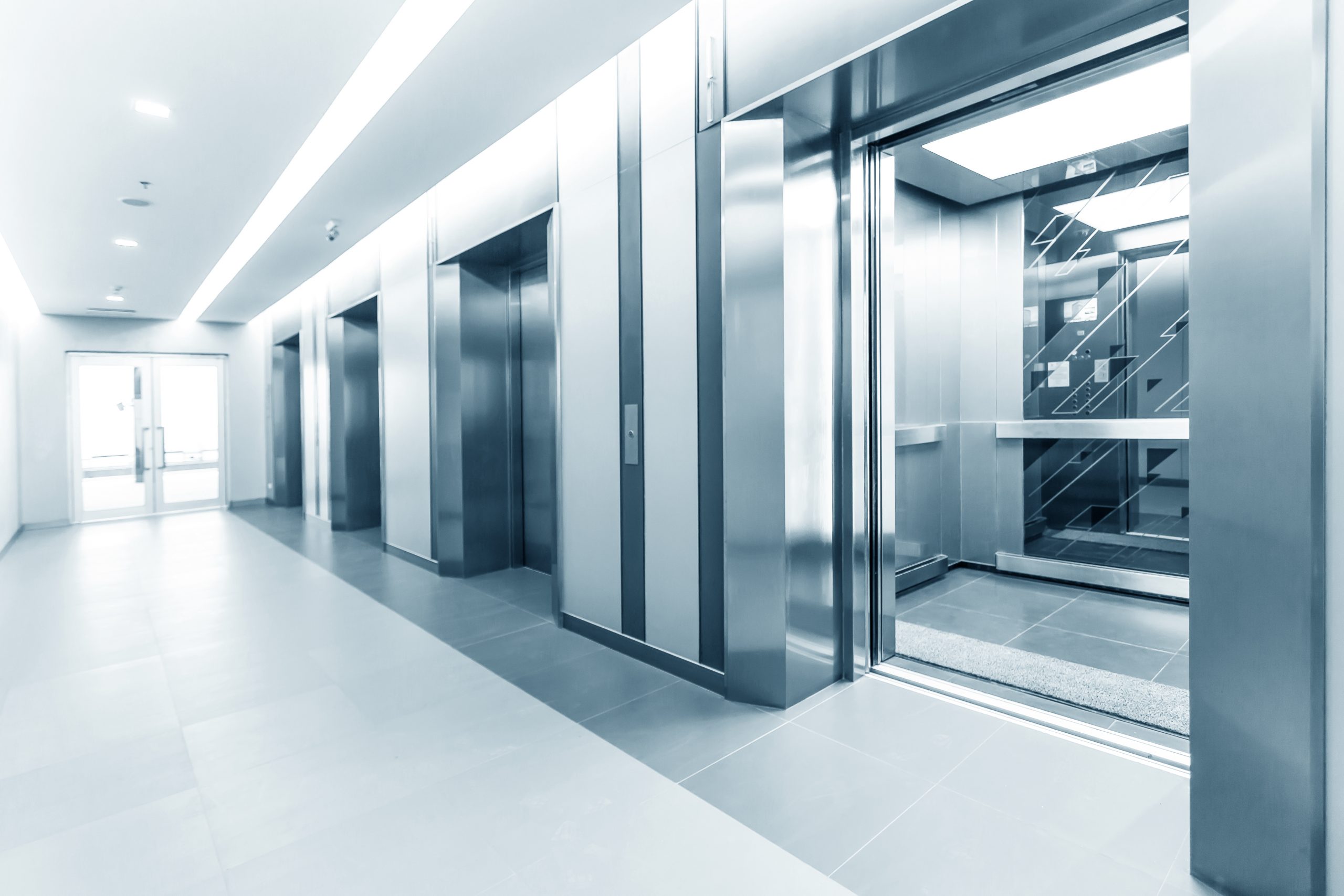Who will implement the goal of ensuring fairness and harmonization of interests between businesses and consumers? The main answer is industry business associations. Does Vietnam elevator industry have an exception?
Situation of Vietnam elevator industry
According to the Department of Occupational Safety, as of October 2021, there are 250,000 elevators in operation in Vietnam. In recent years, every year, over 35,000 elevators are put into use and over 1.7 million elevator equipment for domestic production and assembly are imported into Vietnam.
According to incomplete statistics, up to this point, Vietnam has about 300 businesses in the field of elevators, 1,500 individuals and organizations related to elevators, this number has not stopped and will continue to increase in the future.
Currently, most elevator enterprises are foreign and domestic enterprises with production methods and products provided: elevators are imported complete units or self-manufactured, purchasing additional assembly components.

Most foreign enterprises entering the Vietnamese market for non-profit purposes currently do not have or not yet have a long-term and sustainable development plan. However, it has the strength of capital, advantages of marketing strategy, and methodical management skills. Meanwhile, most domestic enterprises, due to fragmented production, limited capital and management capacity, had to buy more components from abroad and assemble them to serve short-term profits.
On the increasing pressure of foreign enterprises on domestic enterprises, in order to have meager profits, many units have race to reduce product quality by all means. Unfair price competition will lead to unpredictable consequences, not only for businesses but also for the safety and lives of consumers.
That is entirely possible because so far there are still many limitations in perfecting the standards and monitoring the implementation from design, production, installation, maintenance, repair, upgrading, etc. machine when the work of verifying the origin of equipment components or the development of standards of labor capacity in the elevator industry is still left open. If the situation continues: unqualified products, untrained installation and maintenance workers, and no practice certificates, these will be the risks that contribute to hindering the development of Vietnam’s elevator industry.
Challenge or Opportunity?
Right at the discussion forum just held by the Vietnam Elevator Association, many elevator businesses only know how to complain about witnessing dumping, or like the story of a domestic business owner telling about the contracts was lost because another unit offered a lower price, which, he said, was impossible. Domestic enterprises were caught up in the race to reduce prices by cutting production costs to the maximum without leaving safety, instead of improving the quality of products and services to increase competitiveness.
The reality is that foreign enterprises, despite their potential and growing position, ignore the sustainability goal. While in other countries, in order to do business in the host country, businesses must attach to conditions on the roadmap to increase the localization rate and technology transfer. Exceptionally, a very few businesses can stand firm in the fierce competition thanks to clear development plans and goals, towards self-reliance in production technology without being dependent foreign partner.
Between the fragmentation and chaos of the elevator community and the disappearance of consumer confidence and safety, genuine businesses or the elevator industry that want to develop must face many challenges.
One of the important commitments since 2007, when Vietnam joined the World Trade Organization (WTO) is that the state will not interfere deeply in business activities of enterprises. And vice versa, enterprises will not benefit from state protection. So who will help businesses when the State only plays the role of an arbitrator? Who will be the focal point to unify businesses and unite for mutual development? The main answer is industry business associations.
The state cannot interfere in the back of the house of enterprises, but only associations. We can see that the Thai tourism industry develops thanks to the smooth and methodical coordinating role of the association, not the state. Or in France, the quality standards stamped by ADEB – Association for the development of wine exports for its member businesses are more valuable than the law of this country.
Thus, having an association that protects members and sets the rules of the game with the goal of ensuring fairness and harmonizing interests between businesses and consumers, creating a playground for genuine businesses is an essential opportunity in the current period. So what does the Vietnam Elevator Association need to do?
Where is the Elevator Association?
Obviously, it’s time for the elevator business to have a unified organization, create a transparent and united playground to achieve long-term goals.
There, genuine businesses are supported with appropriate policies, providing reasonable elevator products and services between quality and price. And so, the birth of the Vietnam Elevator Association is the first step to gather and unify elevator businesses, operating in an organized manner.
Playing the role of “midwife”, the Elevator Association will stand to settle international commercial disputes, forming a common voice between domestic and foreign businesses. From there, procurement, bidding and production issues will be resolved transparently.

Facing the risk of chaos in the elevator market today, the Association needs to advise relevant authorities to have policies and legal documents in accordance with the international trade treaty. At the same time, there is the protection of domestic production to create a systematic and methodical approach to bring confidence to consumers. Along with that, foreign enterprises are required to comply with the established regulations: technology transfer according to the schedule and commitments. Imported components and equipment are inspected and supervised according to strict regulations and standards. Moreover, the Association for Trade Promotion, connects at home and abroad for Vietnamese elevator enterprises to participate in the global supply chain.
According to statistics, every year 40,000 elevators are inspected, more than 130 organizations are licensed to conduct inspection with the number of inspectors approximately 1,000 people. In fact, the criteria and time for re-testing are quite lackluster. Not to mention the maintenance and maintenance of the elevator is not guaranteed to comply with the time according to the issued standards, there is no standard on labor capacity. At this stage, the Association plays a huge role in advising on the development of necessary standards to ensure consumer safety.
In order for the Association’s activities to be really effective, in the coming time, it is necessary to further promote and strengthen the coordination between the Association and ministries and sectors. It is the listening and action of the Government agencies from the ideas contributed by the Association, creating conditions and operating mechanisms for the Association to be strong enough to help businesses./.
Nguyen Linh